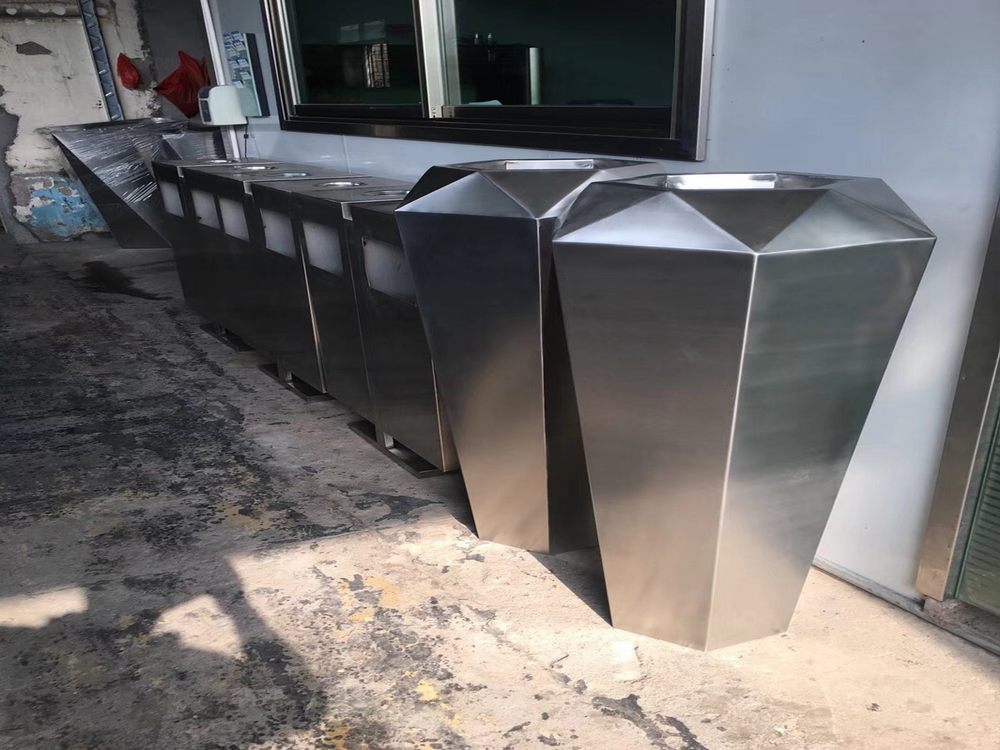
Repetition of forms is a powerful technique artists employ to establish harmony and rhythm in metal sculptures. By repeating geometric shapes, organic curves, or structural elements, sculptors create a visual language that unifies the artwork. This method not only enhances aesthetic balance but also guides the viewer’s eye through the piece, reinforcing its thematic or emotional impact.
In metal sculptures, repetition can manifest in various ways—symmetrical patterns, modular components, or rhythmic sequences of textures. For example, a sculptor might use identical spirals in a steel installation to evoke movement, or repeated angular forms in a bronze piece to convey stability. The consistency of these repeated elements fosters coherence, making the sculpture feel intentional and harmonious.
Additionally, repetition can amplify the material’s inherent qualities. The reflective surfaces of polished metal, when repeated, create mesmerizing light interactions, while textured repeats add tactile depth. Artists often experiment with scale variations of the same form to introduce dynamism without disrupting unity.
Ultimately, repetition in metal sculpture transcends mere decoration—it’s a deliberate strategy to evoke emotion, emphasize themes, and transform rigid materials into fluid, harmonious compositions. Whether minimalist or intricate, this technique underscores the artist’s mastery of form and space.

